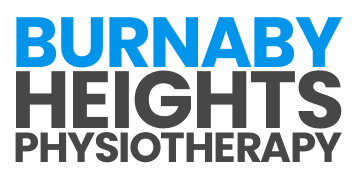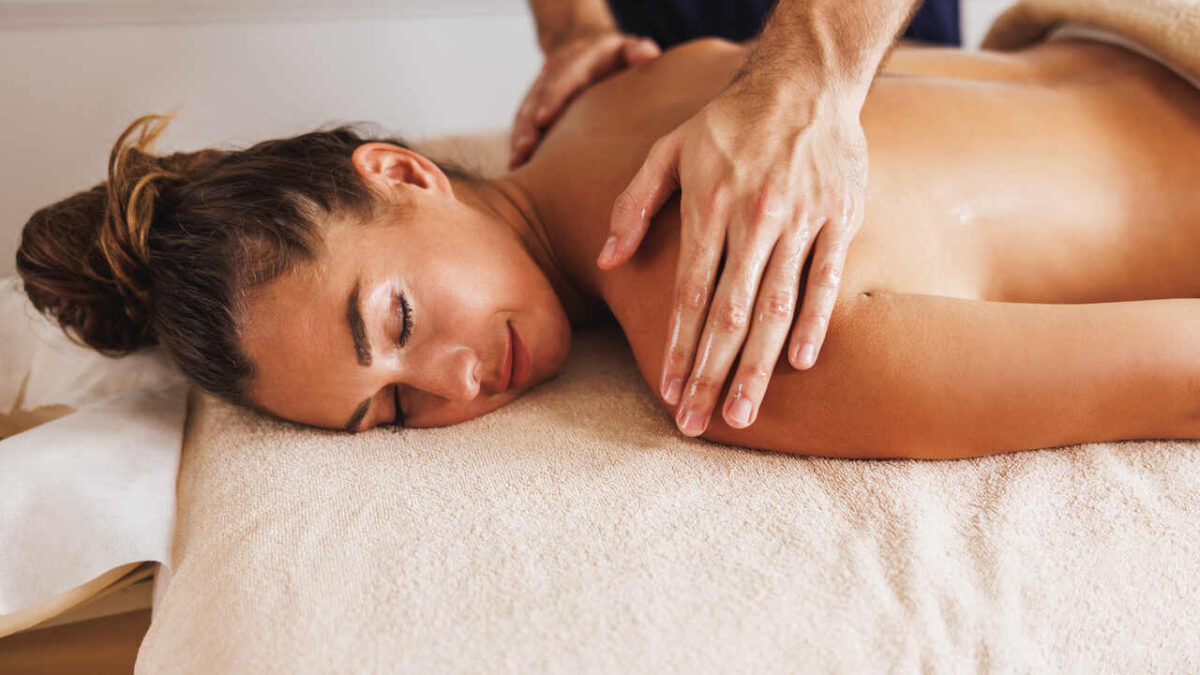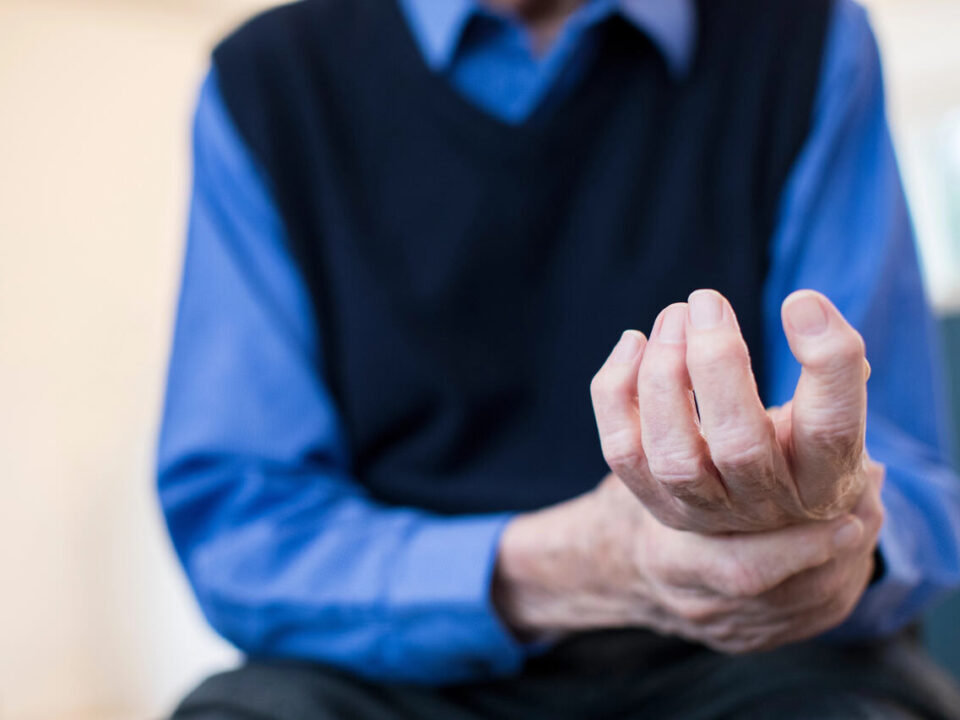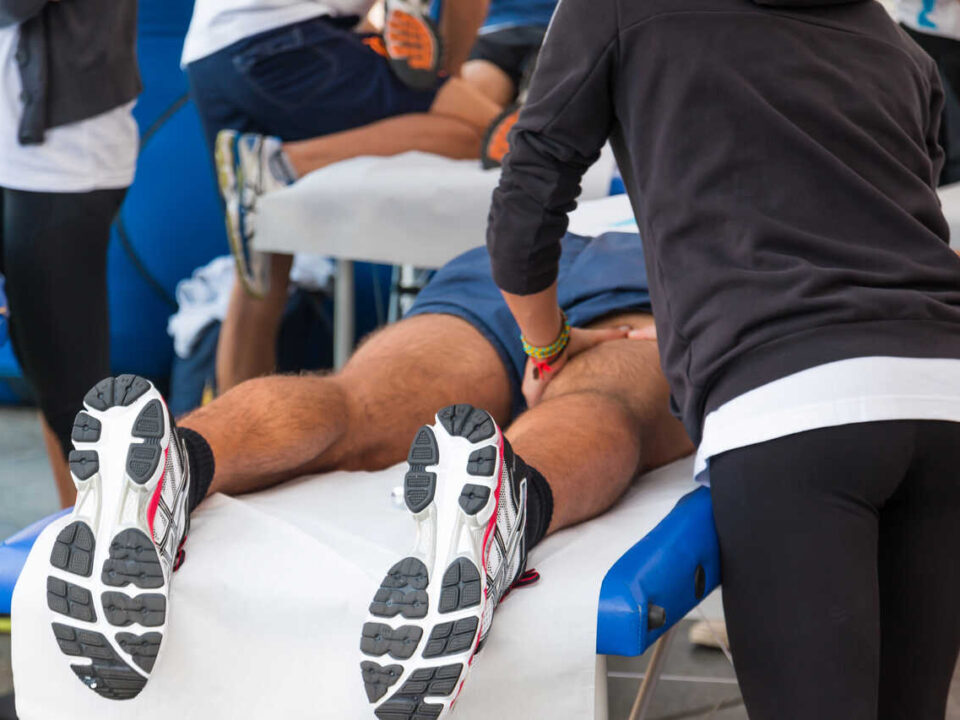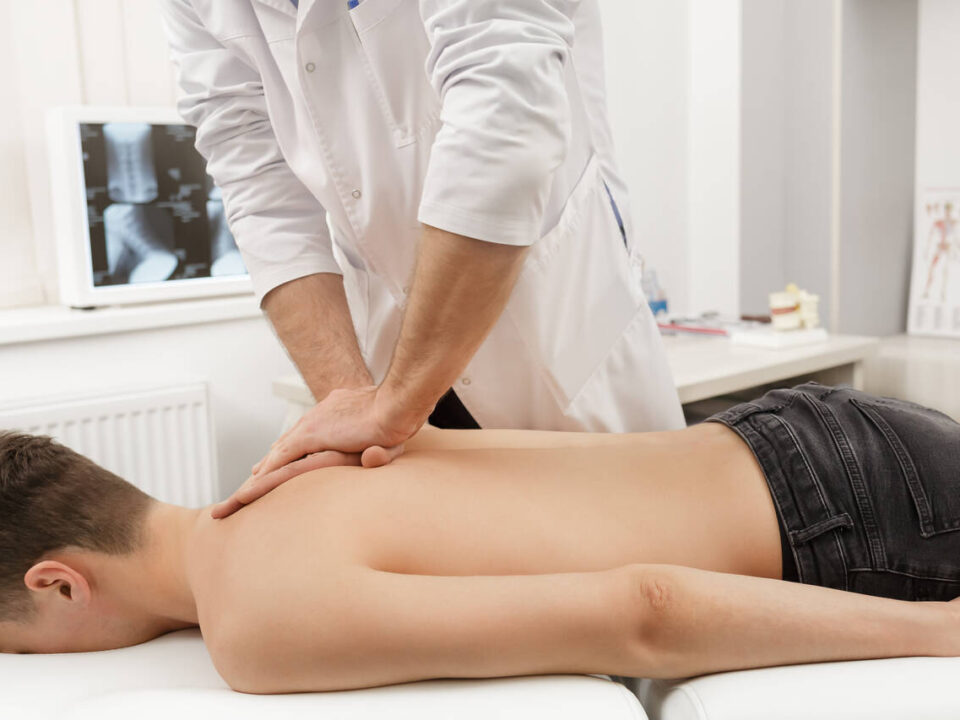
Rediscover Freedom: Embrace the Healing Touch of Rehabilitative Massage Therapy
July 18, 2024
Maximize Your Athletic Potential with Sports Massage Therapy
July 18, 2024Understanding Lymphatic Drainage Massage Therapy
What is Lymphatic Drainage Massage Therapy?
Lymphatic drainage massage therapy is a specialized form of massage designed to promote the natural drainage of the lymph, which carries waste products away from the tissues and back toward the heart. This type of massage uses gentle, rhythmic strokes to stimulate the flow of lymph fluid and help the body detoxify. Unlike deep tissue massage therapy or trigger point therapy massage, lymphatic drainage focuses on the superficial layers of the skin.
How Does Lymphatic Drainage Massage Therapy Benefit Your Health?
Lymphatic drainage massage therapy offers numerous health benefits by enhancing the function of your lymphatic system. Here are some key benefits:
- Reduces Swelling and Inflammation: By promoting the removal of excess fluids and waste products, this therapy can help reduce swelling and inflammation in various parts of the body. It’s particularly beneficial for conditions like lymphedema.
- Boosts Immune Function: The lymphatic system plays a crucial role in your immune response. Improved lymph flow can help your body better fight off infections and diseases, offering support to your immune system.
- Speeds Up Healing and Recovery: This therapy is often recommended for post-surgery recovery. It aids in the removal of toxins and speeds up the healing process, making it a valuable addition to rehabilitative massage therapy.
- Enhances Overall Wellness: Regular sessions can improve your overall sense of well-being by reducing stress and promoting relaxation. For more on how massage can benefit your health, check out our article on massage therapy benefits.
| Health Benefit | Mechanism of Action |
|---|---|
| Reduces Swelling and Inflammation | Promotes removal of excess fluids |
| Boosts Immune Function | Enhances lymph flow |
| Speeds Up Healing | Aids in toxin removal |
| Enhances Wellness | Reduces stress and promotes relaxation |
Understanding how lymphatic drainage massage therapy works and its benefits can help you make an informed decision about incorporating it into your wellness routine. For more on different types of massage, visit our guide on types of massage therapy.
The Science Behind Lymphatic Drainage
The Lymphatic System
The lymphatic system plays a crucial role in maintaining your body’s fluid balance and immune function. It consists of a network of lymph vessels, nodes, and organs that transport lymph fluid. This fluid contains white blood cells, which help fight infections, and waste products from cellular processes.
| Component | Function |
|---|---|
| Lymph Vessels | Transport lymph fluid throughout the body |
| Lymph Nodes | Filter harmful substances and contain immune cells |
| Spleen | Produces and stores white blood cells |
| Thymus | Helps in the maturation of T-cells (a type of white blood cell) |
How Lymphatic Drainage Massage Therapy Aids the Lymphatic System
Lymphatic drainage massage therapy helps to stimulate the lymphatic system, promoting the movement of lymph fluid and enhancing your body’s ability to detoxify and fight infections. This gentle, rhythmic massage technique encourages the flow of lymph fluid, reducing blockages and improving circulation.
| Benefit | Description |
|---|---|
| Reduces Swelling | Helps to alleviate fluid retention and inflammation |
| Detoxifies | Assists in the removal of toxins and waste products |
| Boosts Immunity | Enhances the activity of white blood cells |
By targeting specific areas of the body, lymphatic drainage massage therapy can effectively reduce swelling, improve post-surgery recovery, and support the immune system. For more on the benefits of therapeutic massage, check out our articles on massage therapy benefits and massage therapy techniques.
Conditions that Benefit from Lymphatic Drainage
Lymphatic drainage massage therapy offers numerous health benefits for various conditions. This section will explore how this therapeutic technique can aid in managing inflammation and swelling, post-surgery recovery, and immune system support.
Inflammation and Swelling
Lymphatic drainage massage is particularly beneficial for reducing inflammation and swelling. The gentle, rhythmic movements help to stimulate the lymphatic system, promoting the removal of excess fluids and waste products from the tissues. This can be especially helpful for conditions such as lymphedema, where swelling occurs due to a blockage in the lymphatic system.
| Condition | Benefit |
|---|---|
| Lymphedema | Reduces swelling by improving lymph flow |
| Edema | Alleviates fluid retention and decreases inflammation |
| Inflammatory conditions | Minimizes swelling and promotes healing |
For more information on different massage techniques that can help with inflammation, visit our article on massage therapy techniques.
Post-Surgery Recovery
Lymphatic drainage massage can play a crucial role in post-surgery recovery. By enhancing lymphatic circulation, this therapy helps to reduce post-operative swelling, bruising, and pain. It also aids in the removal of toxins and metabolic waste, which can speed up the healing process.
| Surgery Type | Benefit |
|---|---|
| Cosmetic surgery | Reduces swelling and bruising, promotes healing |
| Orthopedic surgery | Decreases inflammation and pain, enhances recovery |
| Abdominal surgery | Alleviates fluid retention, supports detoxification |
To learn more about how massage can aid in recovery from various types of surgery, check out our article on rehabilitative massage therapy.
Immune System Support
Lymphatic drainage massage can also support the immune system by promoting the efficient functioning of the lymphatic system. This helps to remove toxins and pathogens from the body, enhancing your overall immune response. Regular sessions can contribute to better health and increased resistance to illnesses.
| Immune System Benefit | Description |
|---|---|
| Detoxification | Helps remove toxins and waste products from the body |
| Enhanced lymph flow | Improves the transportation of immune cells and nutrients |
| Reduced stress | Lowers stress levels, which can positively impact immune function |
For additional ways to boost your immune system through massage, explore our article on massage therapy benefits.
Understanding how lymphatic drainage massage therapy can benefit these conditions can help you make informed decisions about incorporating it into your wellness routine. If you’re curious about other forms of therapeutic massage, visit our pages on therapeutic massage therapy and types of massage therapy.
What to Expect During a Lymphatic Drainage Massage
Lymphatic drainage massage therapy is a specialized form of massage that targets the lymphatic system to promote health and well-being. Knowing what to expect during a session can help you feel more comfortable and prepared.
Techniques Used in Lymphatic Drainage Massage
Lymphatic drainage massage involves a series of gentle, rhythmic strokes and pressure techniques designed to stimulate the lymphatic system. Unlike other forms of therapeutic massage therapy that may use deeper pressure, this technique focuses on light touch and specific movements.
- Stationary Circles: Small, circular movements applied with gentle pressure to stimulate lymphatic flow.
- Pump Technique: Rhythmic, pump-like motions that encourage lymph movement towards the lymph nodes.
- Scooping Motion: A gentle scooping action used to guide lymph fluid through the lymphatic vessels.
- Rotary Technique: Circular movements with the hands to mobilize lymph fluid.
These techniques are applied in a specific sequence, usually starting at the neck and moving downwards, to ensure the lymphatic system is effectively stimulated.
Sensations You May Experience During the Massage
During a lymphatic drainage massage, you may experience various sensations. Understanding these can help you know what to anticipate.
- Gentle Pressure: Unlike deep tissue massage therapy, the pressure used is very light and soothing.
- Relaxation: The rhythmic and gentle nature of the massage often induces a state of deep relaxation.
- Tingling Sensation: Some people report a mild tingling sensation as the lymphatic fluid begins to move.
- Increased Urination: Post-massage, you might notice an increase in urination as your body flushes out toxins.
| Sensation | Description |
|---|---|
| Gentle Pressure | Light, soothing touch |
| Relaxation | Deep sense of calm |
| Tingling | Mild tingling as lymph moves |
| Increased Urination | Body flushing out toxins |
Understanding these aspects of lymphatic drainage massage therapy can enhance your experience and provide greater benefits. For more information on different techniques, visit our article on massage therapy techniques.
Finding a Qualified Massage Therapist
Locating a skilled massage therapist for lymphatic drainage massage therapy is essential for ensuring you receive the full benefits of the treatment.
Qualifications to Look For
When seeking a professional for lymphatic drainage massage therapy, it’s important to consider their qualifications and credentials. Here are some key qualifications to look for:
- Certification and Training: Ensure the therapist has formal training in lymphatic drainage massage therapy, preferably from a reputable institution.
- Licensing: Verify that the therapist holds a valid license to practice massage therapy in your state or region.
- Experience: Look for therapists with experience specifically in lymphatic drainage. This can often be confirmed by reading reviews or asking for testimonials from past clients.
- Continuing Education: A therapist who participates in ongoing education is likely to be up-to-date with the latest techniques and best practices.
Questions to Ask Before Booking a Lymphatic Drainage Massage
Before scheduling your session, it’s helpful to ask potential therapists a few questions to ensure they are the right fit for your needs:
- What is your experience with lymphatic drainage massage therapy?
- Can you explain the techniques you use during the massage?
- Do you have any specialized training or certifications in lymphatic drainage?
- How do you customize the session based on individual client needs?
- What should I expect during and after the session?
These questions can help you gauge the therapist’s expertise and comfort level with this specific type of massage therapy.
For more information on the benefits and techniques of different types of massage therapy, explore our articles on therapeutic massage therapy, deep tissue massage therapy, and massage therapy techniques.
Incorporating Lymphatic Drainage into Your Wellness Routine
Frequency of Sessions
The frequency of lymphatic drainage massage therapy sessions can vary depending on your individual needs and health goals. For general wellness and maintenance, a session every 2-4 weeks is often recommended. If you are dealing with specific conditions such as inflammation, post-surgery recovery, or immune support, you might benefit from more frequent sessions, such as once a week or even more often under the guidance of a healthcare professional.
| Purpose | Frequency |
|---|---|
| General Wellness | Every 2-4 weeks |
| Inflammation & Swelling | 1-2 times per week |
| Post-Surgery Recovery | 1-3 times per week |
| Immune System Support | Weekly |
It’s important to consult with a qualified massage therapist to determine the ideal frequency for your situation. For more information on various types of massages and their benefits, visit our article on massage therapy benefits.
Self-Care Practices to Enhance the Benefits of Lymphatic Drainage
Incorporating self-care practices can significantly enhance the benefits of lymphatic drainage massage therapy. Here are some effective self-care tips:
- Hydration: Drink plenty of water to help flush out toxins and keep your lymphatic system functioning optimally.
- Exercise: Engage in regular physical activity, such as walking, yoga, or swimming, to stimulate lymphatic flow.
- Healthy Diet: Consume a balanced diet rich in fruits, vegetables, and lean proteins to support overall lymphatic health.
- Dry Brushing: Use a dry brush to gently massage your skin in circular motions, starting from your extremities and moving towards your heart.
- Compression Garments: Consider wearing compression garments if recommended by your healthcare provider to reduce swelling and improve lymphatic circulation.
By integrating these self-care practices into your daily routine, you can maximize the benefits of your lymphatic drainage massages. For more tips on massage therapy techniques, explore our article on massage therapy techniques.
Remember, the key to effective lymphatic drainage is consistency and a holistic approach to your health and wellness.


